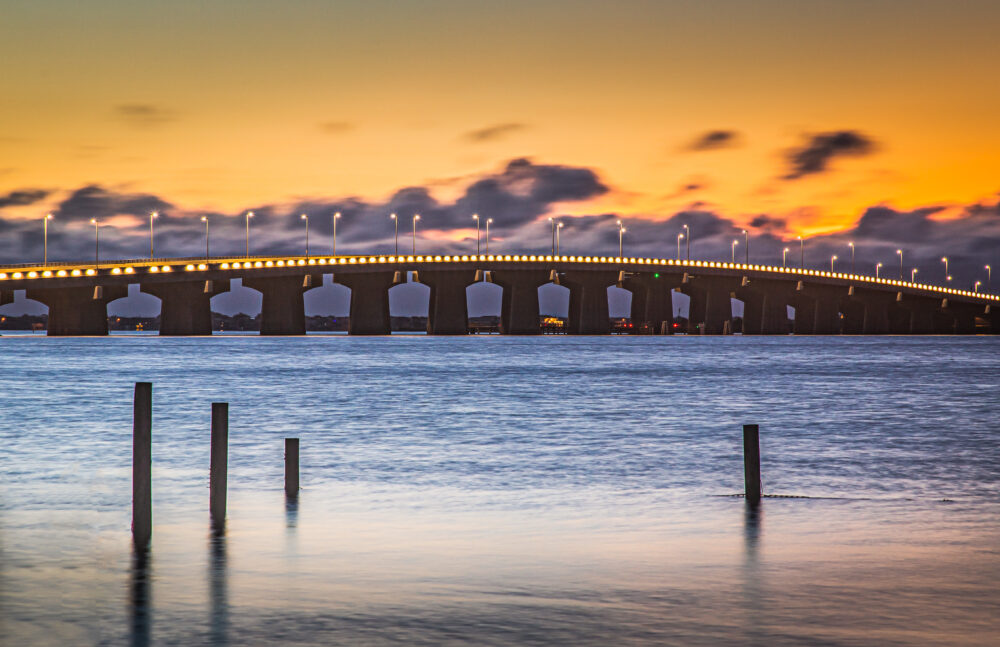Manahawkin, a small yet vibrant community located in Stafford Township, New Jersey, boasts a rich history that reflects the evolution of the region from Native American settlements to a bustling modern town. This article will explore the significant phases of Manahawkin’s history in six chapters.
The Native American Era
Long before European settlers arrived, the area now known as Manahawkin was inhabited by the Lenape people. The Lenape thrived in this region, utilizing the abundant resources from the nearby ocean and wetlands. They engaged in fishing, hunting, and gathering, forming a deep connection with the land. The name “Manahawkin” itself is derived from the Lenape language, believed to mean “place of good water,” reflecting the area’s natural resources.
The Lenape established trails and trade routes, which later influenced the development of roads and transportation systems in the region. Their presence laid the groundwork for future interactions and conflicts as European settlers moved in.
Colonial Settlement and Development
In the early 1700s, European settlers began to arrive, drawn by the fertile land and favorable climate. The area was first settled by Quakers, who established farms and small communities. The establishment of these settlements marked a significant transition from a Native American landscape to a colonial frontier.
Manahawkin quickly grew as a vital trade center due to its location between the mainland and the Barnegat Bay. In 1741, the first meeting house was built, reflecting the increasing population and the need for a communal space. This period also saw the establishment of various industries, including fishing and agriculture, which would shape the town’s economy for generations.
The Revolutionary War Impact
The Revolutionary War (1775-1783) had a profound impact on Manahawkin and its inhabitants. The town became strategically important due to its proximity to both the bay and the mainland. Local militia units formed, and many residents joined the fight for independence.
During the war, the area experienced its share of turmoil. Manahawkin was involved in personal and bloody conflicts, including skirmishes and raids. The aftermath of the war brought a renewed sense of identity and community as residents celebrated their independence and began to forge a path towards self-governance.
19th Century Growth and Transformation
The 19th century ushered in significant changes for Manahawkin. The establishment of the railroad in the late 1800s connected the area to larger markets and cities, transforming it into a burgeoning trade hub. This period also saw the construction of several important buildings, including churches and schools, which reflected the town’s growth and increasing permanence.
The town became known for its agricultural produce, with farms supplying the growing population. Additionally, tourism began to emerge as a vital economic factor, as visitors flocked to the nearby beaches of Long Beach Island. The local economy diversified, making Manahawkin a vital center for both commerce and recreation.
20th Century Expansion
The 20th century marked a period of significant expansion and development for Manahawkin. Post-World War II, the area experienced a population boom as returning veterans sought homes in suburban settings. The construction of new housing developments and businesses transformed the landscape.
Manahawkin became the commercial hub of Stafford Township, with shopping centers and services catering to the growing population. This period also saw the establishment of various community organizations, fostering a sense of unity among residents and promoting civic engagement.
Modern Manahawkin and Community Spirit
Today, Manahawkin is a blend of historical charm and modern convenience. The town is known for its strong community spirit, with numerous events and activities throughout the year. Festivals, farmers’ markets, and community gatherings celebrate the rich history and culture of the area.
As development continues, efforts are made to preserve Manahawkin’s historical sites and maintain the unique character that has defined the community for centuries. The local government and residents work together to ensure that the past is honored while embracing a vibrant future.

Conclusion
Manahawkin, NJ, is a testament to the resilience and evolution of a community. From its origins as a Native American settlement to its current status as a thriving town, the history of Manahawkin reflects the broader narrative of American development. As the town continues to grow, it remains rooted in its rich heritage, ensuring that the stories of its past will live on for generations to come.
